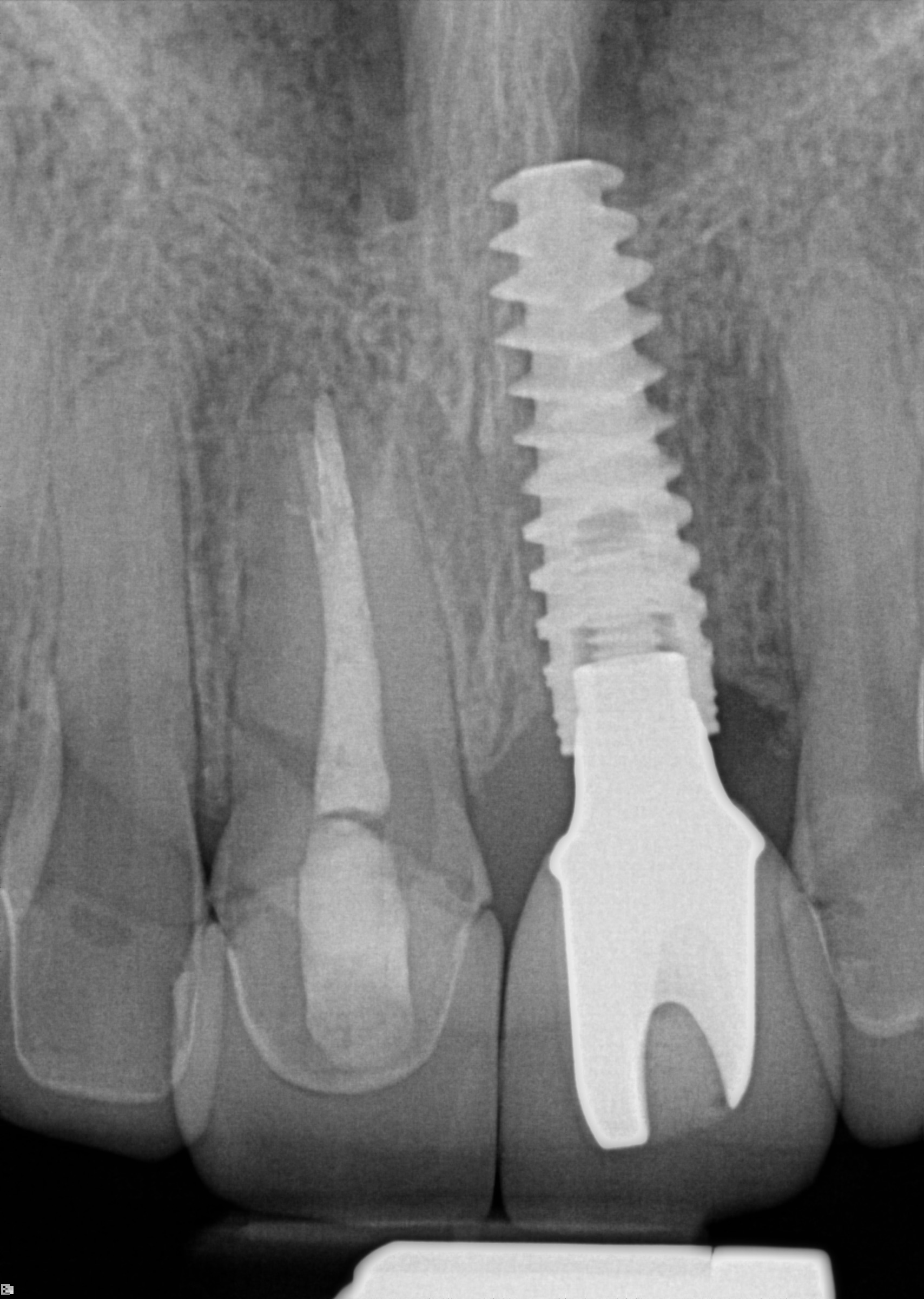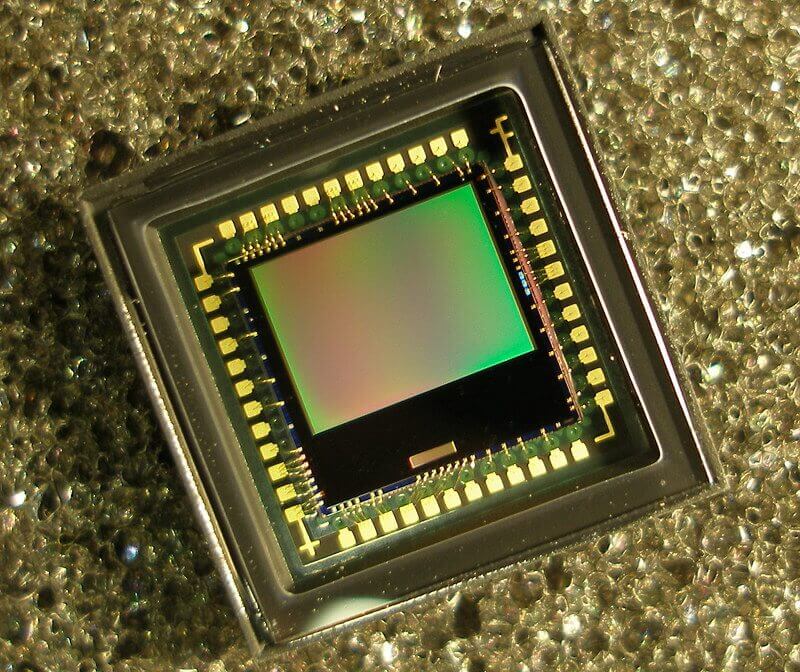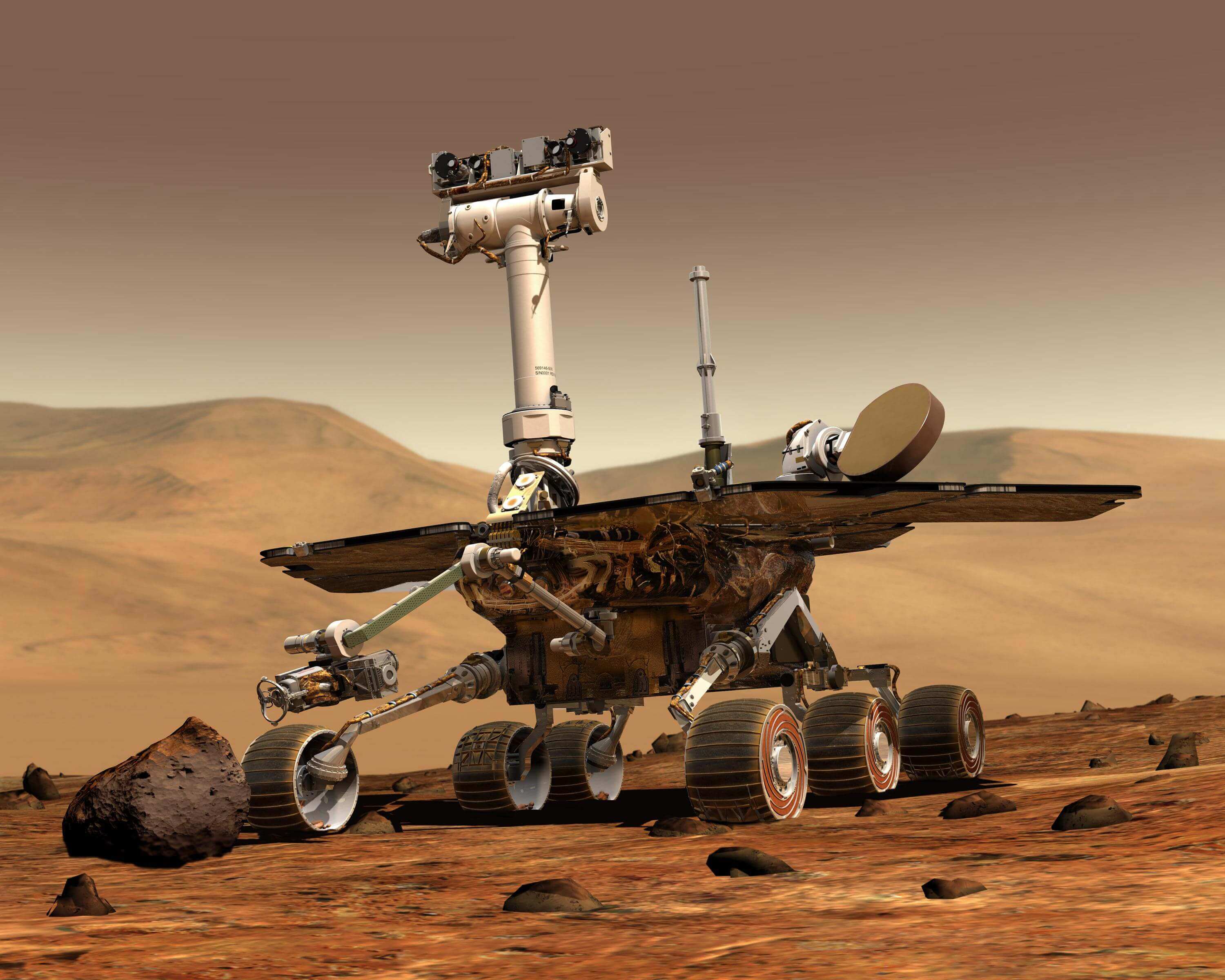



If you've had an X-ray at the dentist, you were probably benefitting from NASA-designed digital imaging sensors. The sensors, which use the same technology as digital cameras (like the one in your cell phone), allow for lower doses of radiation. And because the images are digital, they can be manipulated with software to help the dentist get a clear view of problem areas and show them to the patient.
The images NASA captures of distant galaxies, the Martian landscape, newly discovered stars and more are often breathtaking — and scientifically groundbreaking. The technology used to capture these images has evolved greatly over the years, and in the 1990s a NASA engineer succeeded in building a new kind of sensor, using a complementary metal oxide semiconductor, that had stymied attempts for decades before. It is small, requires very low power, and is highly efficient — excellent for space missions and cameras here on Earth.
Learn more about how NASA helped develop technology that impacts digital dental imager within your city's medical environment!